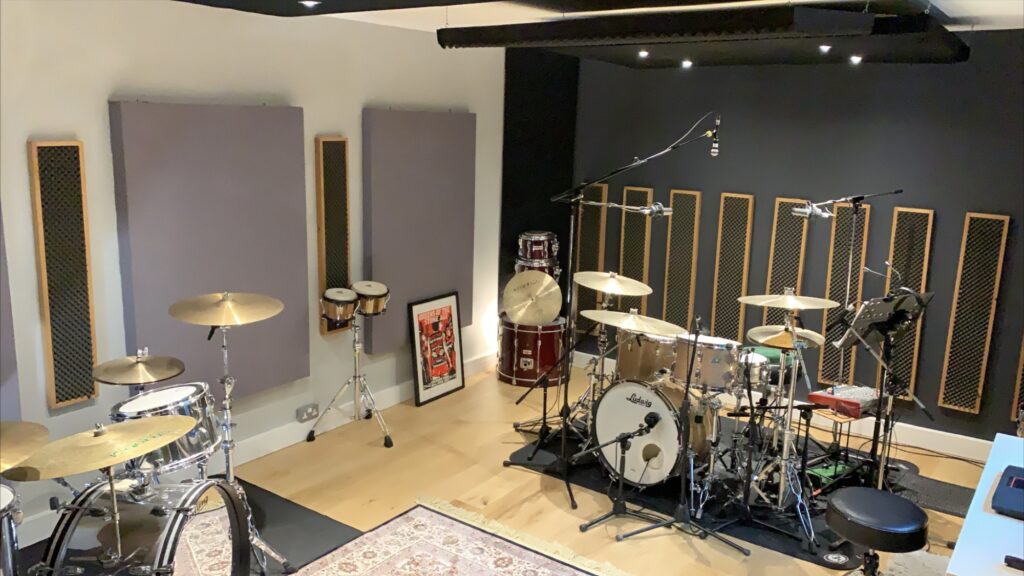In the pursuit of creating aesthetically pleasing and acoustically optimized spaces, architects, interior designers, and acoustic engineers are constantly exploring innovative materials and designs. One such material gaining popularity in recent years is wood wool, often used in the fabrication of acoustic panels. These panels not only enhance the visual appeal of a space but also significantly improve its acoustic performance. In this article, we delve into the intricacies of wood wool acoustic panels, exploring their composition, benefits, applications, and frequently asked questions.
Composition and Construction
Wood wool acoustic panels, also known as wood fiber panels or sound-absorbing panels, typically consist of a core made from wood fibers or wood wool bound together with a mineral or synthetic binder. The wood fibers are usually sourced from softwood timber species such as spruce, pine, or fir. These fibers are mixed with the binder and compressed to form rigid panels of various thicknesses and densities.
The surface of wood wool panels may vary, with options including raw, painted, stained, or even veneered finishes, allowing for customization to suit different design aesthetics and preferences. Additionally, the panels can be cut into various shapes and sizes, providing flexibility in design applications.
Acoustic Performance

The primary function of wood wool acoustic panels is to absorb sound waves, thereby reducing reverberation and improving overall acoustics within a space. When sound waves strike the surface of the panels, the porous structure of the wood wool material allows the waves to penetrate and be dissipated within the panel’s core.
This absorption capability helps to minimize echoes and noise levels, creating a more comfortable and pleasant acoustic environment.
The effectiveness of wood wool acoustic panels in sound absorption is determined by factors such as panel thickness, density, and surface treatment. Thicker panels with higher densities generally offer greater absorption capabilities across a broader range of frequencies.
Furthermore, the surface finish of the panels can influence their acoustic performance, with options such as perforations or grooves designed to enhance sound absorption characteristics.
Benefits of Wood Wool Acoustic Panels
- Improved Acoustics: By reducing reverberation and controlling sound reflections, wood wool acoustic panels enhance speech intelligibility and overall sound quality in a variety of spaces, including offices, auditoriums, restaurants, and educational facilities.
- Aesthetic Enhancement: Wood wool panels add warmth, texture, and visual interest to interior spaces, making them an attractive choice for both functional and decorative purposes. Their natural appearance complements a wide range of design styles, from contemporary to rustic.
- Sustainability: Made from natural wood fibers and often utilizing environmentally friendly binders, wood wool acoustic panels are considered a sustainable choice for acoustic treatment. They contribute to improved indoor air quality and can be recycled or composted at the end of their lifecycle.
- Versatility: Wood wool panels are available in various sizes, shapes, and finishes, offering versatility in design applications. They can be installed on walls, ceilings, or even used as freestanding acoustic partitions, providing flexibility in space planning and design.
- Fire Resistance: Many wood wool panels are treated with fire-retardant additives during manufacturing, enhancing their fire resistance and safety characteristics. This makes them suitable for use in commercial and public buildings where fire safety regulations must be met.
Applications
Wood wool acoustic panels find applications in a wide range of settings where improved acoustics and aesthetic appeal are desired. Some common applications include:
- Office Spaces: To minimize noise distractions and create a more productive work environment.
- Educational Institutions: In classrooms, lecture halls, and libraries to enhance learning environments.
- Restaurants and Cafés: To reduce noise levels and improve comfort for patrons.
- Auditoriums and Theaters: For better speech clarity and sound quality during performances.
- Residential Interiors: To add visual interest and control noise in living spaces, home theaters, or music rooms.
Contact Waseem Technical Soundproofing Expert in Dubai For Wood Wool Acoustic Panels: +971 50 209 7517
Conclusion
Wood wool acoustic panels offer a harmonious blend of functionality, aesthetics, and sustainability, making them a popular choice for acoustic treatment in a variety of interior spaces. With their ability to enhance sound quality, improve comfort, and elevate the visual appeal of a space, these versatile panels are poised to remain a staple in architectural and interior design for years to come. Whether used in commercial, educational, or residential settings, wood wool acoustic panels continue to play a vital role in shaping modern environments conducive to work, leisure, and social interaction.
FAQs
Are wood wool acoustic panels effective in reducing all types of sound?
Wood wool panels are particularly effective in absorbing mid to high-frequency sounds, including speech and general ambient noise. However, they may have limited effectiveness in attenuating low-frequency sounds such as heavy machinery or deep bass.
Can wood wool panels be used in outdoor applications?
While wood wool panels are primarily designed for indoor use, some manufacturers offer special treatments or coatings that enhance their durability and weather resistance, making them suitable for covered outdoor spaces.
How do I clean and maintain wood wool acoustic panels?
Maintenance requirements vary depending on the panel’s surface finish. Generally, regular dusting or vacuuming with a soft brush attachment is sufficient for routine cleaning. Avoid using harsh chemicals or abrasive cleaners that could damage the panel’s surface.
Are wood wool acoustic panels environmentally friendly?
Yes, wood wool panels are considered environmentally friendly due to their natural composition and minimal environmental impact. Look for panels that use sustainable wood sources and eco-friendly binders for maximum sustainability.
Can wood wool panels be installed by non-professionals?
While some wood wool panels are designed for easy installation and may be suitable for DIY projects, it’s recommended to consult with professionals, especially for larger or more complex installations. Proper installation ensures optimal acoustic performance and longevity of the panels.




